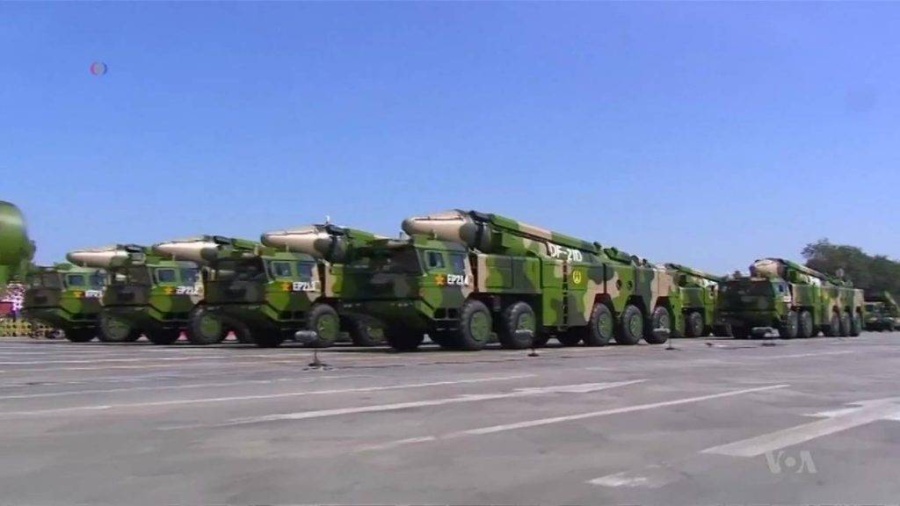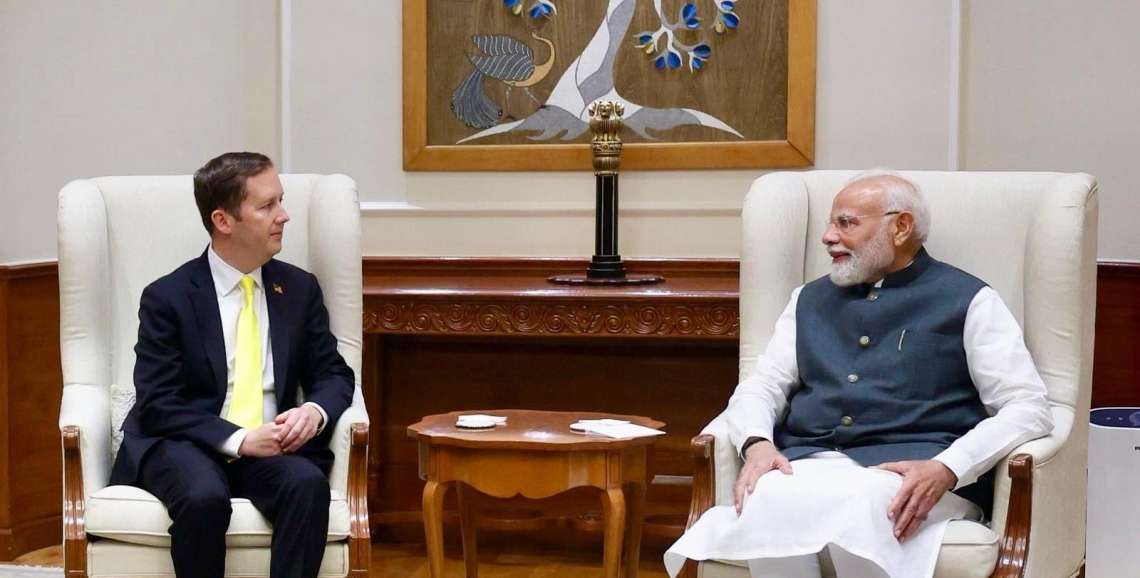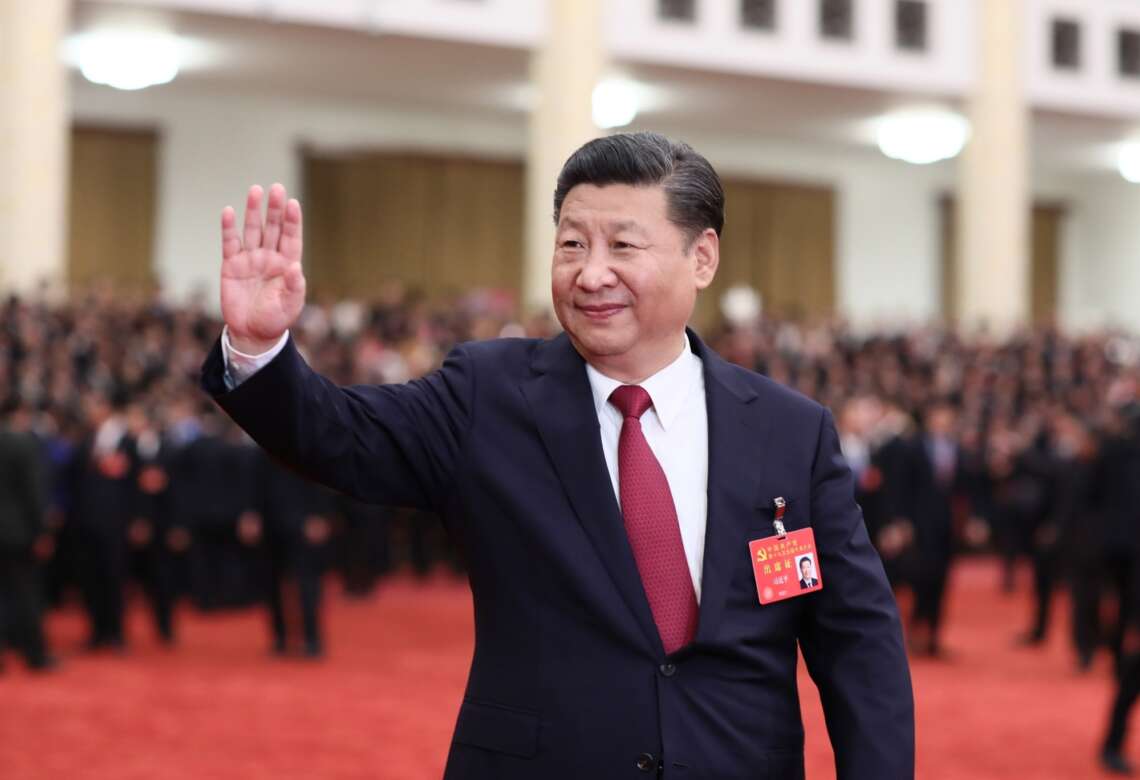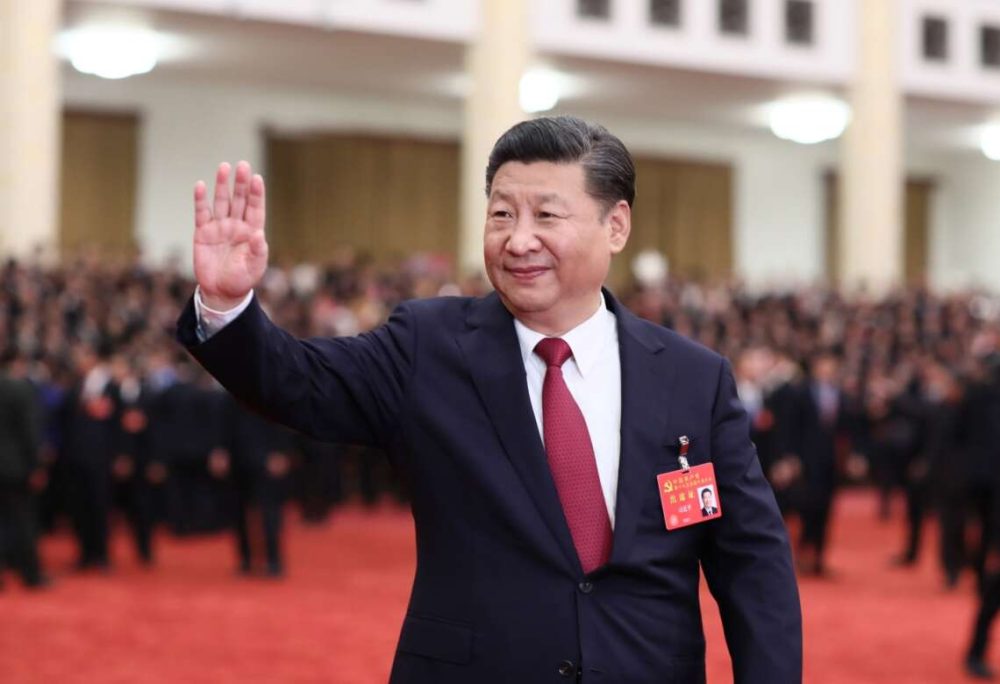This marks the first time in decades that China has made a public announcement regarding an ICBM flight test, reflecting its intent to showcase its military capabilities….reports Asian Lite News
China conducted a successful test of an intercontinental ballistic missile (ICBM) on Wednesday, capable of reaching U.S. cities, marking a rare publicised demonstration of its strategic deterrence capabilities. The launch, which the Chinese Defence Ministry described as a routine part of its annual training plan, aimed to assess the weapon’s performance and military training effectiveness.
The People’s Liberation Army (PLA) Rocket Force had notified relevant nations prior to the test, as reported by state media. This marks the first time in decades that China has made a public announcement regarding an ICBM flight test, reflecting its intent to showcase its military capabilities.
While the Defence Ministry did not specify the missile’s range, reports from the South China Morning Post indicate it could potentially reach the U.S. mainland. China’s arsenal includes several ICBMs, such as the DF-31AG, DF-5B, and DF-41, along with submarine-launched variants like the JL-2.
The missile was launched into the Pacific Ocean, landing in pre-designated areas. The Chinese statement emphasized that the test aligns with international law and is not aimed at any specific country. Historically, China’s first ICBM, the DF-5, successfully flew over 9,000 kilometres in May 1980.
This missile test occurs amid heightened missile activities in the Asia-Pacific region, with North Korea conducting short-range ballistic missile tests earlier this month. China continues to increase its nuclear arsenal while adhering to a “no-first use” nuclear weapons policy. The DF-41, the most advanced ICBM, entered service in 2017 and has an operational range of 12,000 to 15,000 kilometres.
This test follows recent U.S. military exercises with the Philippines, which included deploying mid-range missile systems amid ongoing tensions over the South China Sea. According to a Pentagon report, the PLA Rocket Force is advancing its modernization plans, enhancing its strategic deterrence capabilities with new ICBM developments and expanding its number of launchers.
Military analyst Song Zhongping highlighted that this launch represents a thorough evaluation of China’s ICBM reliability and capability, emphasizing its role in deterring potential nuclear coercion against China. The missile tested was likely a DF-31 or DF-41, showcasing China’s growing military sophistication.
ALSO READ: Jhumpa Lahiri declines award over NY museum’s keffiyeh ban














